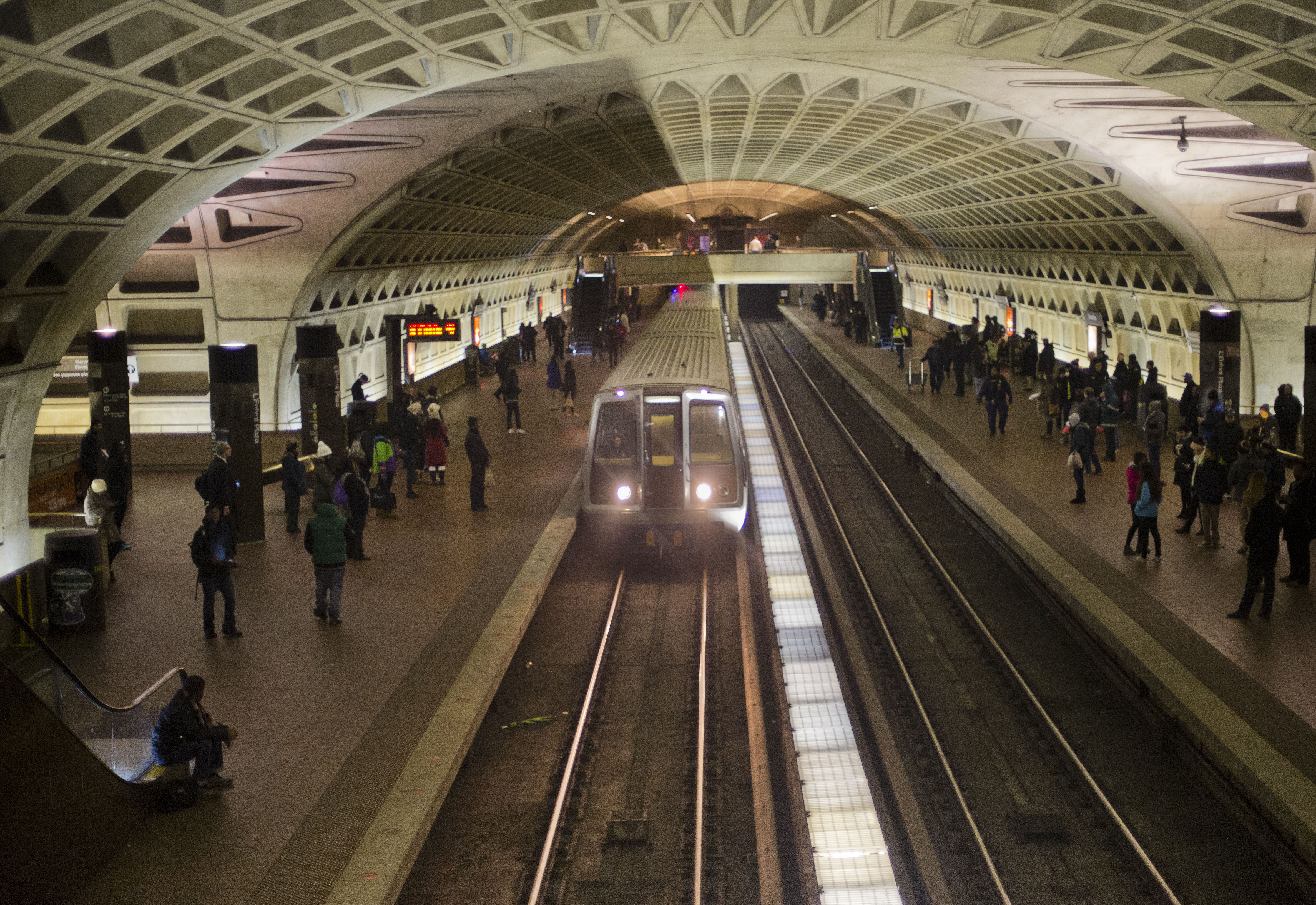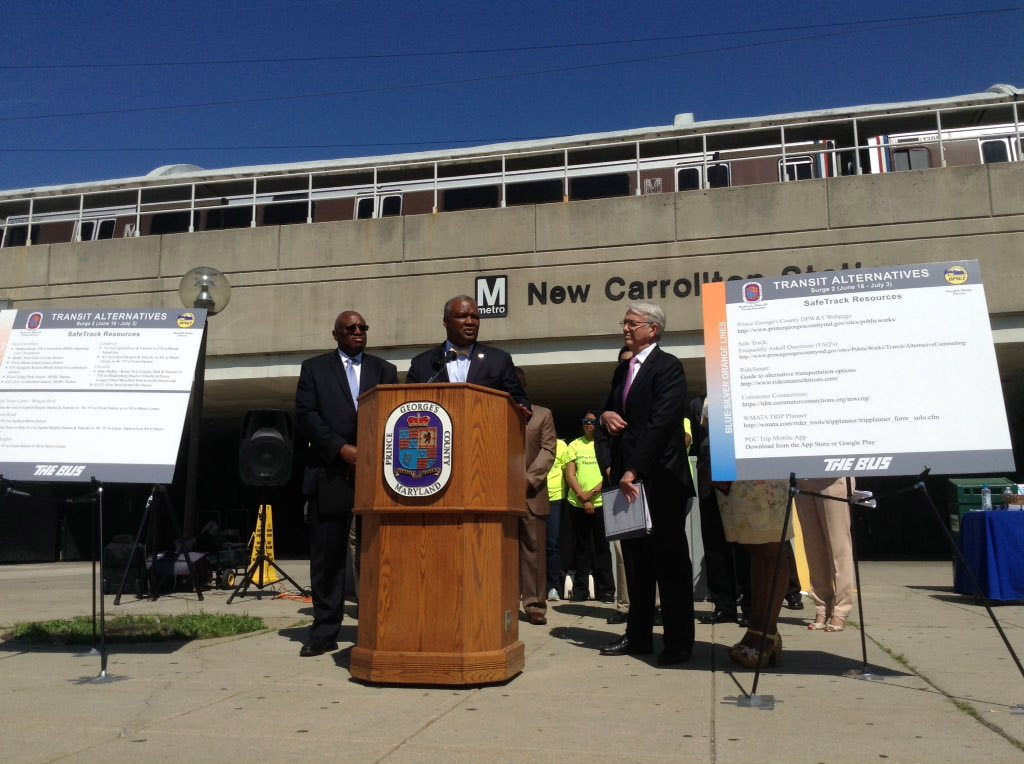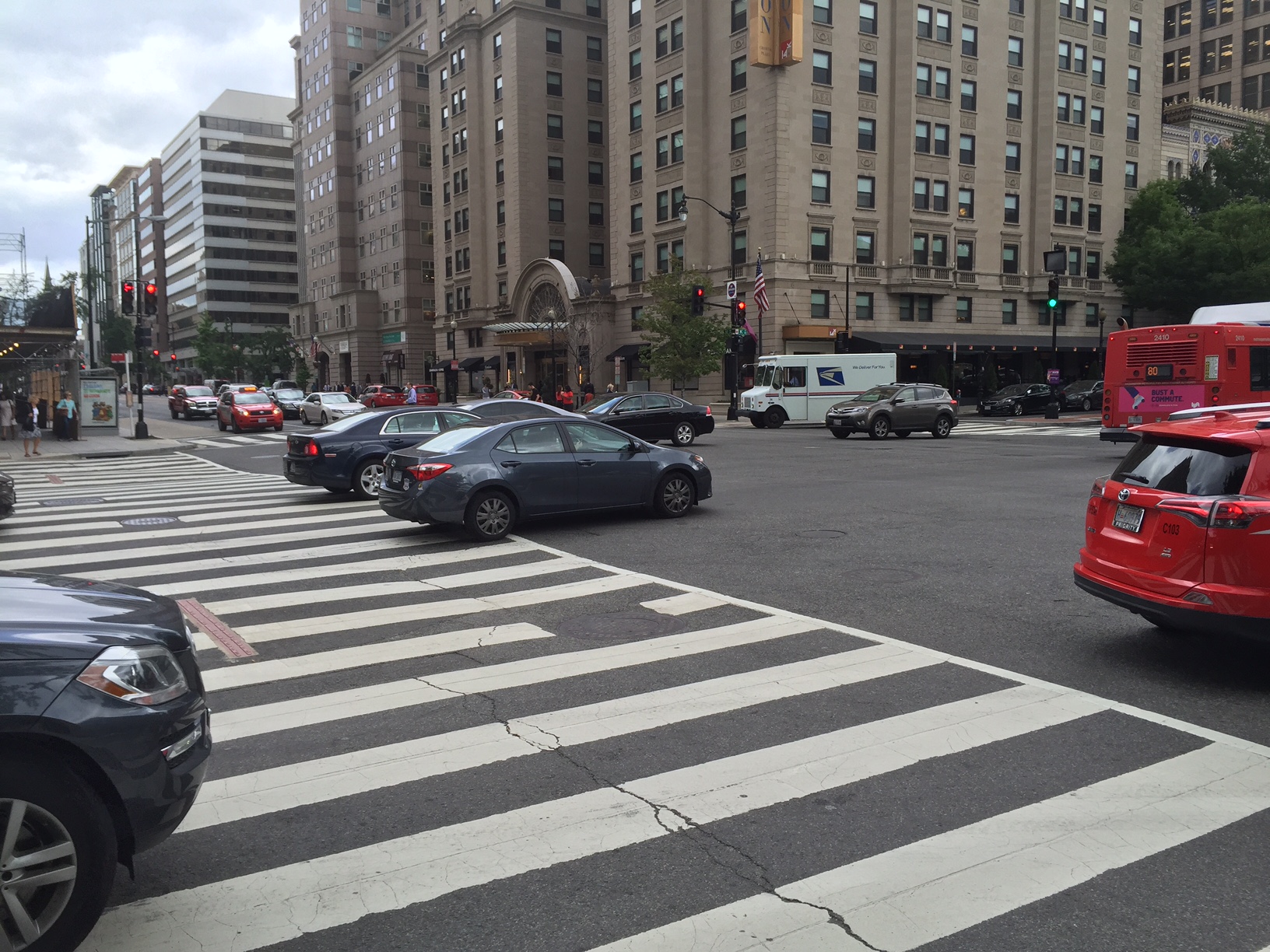WASHINGTON — While overall Metrorail ridership is flat, there are significant changes this week at the stations most severely impacted by the first round of rush-hour track work.
Metro General Manager Paul Wiedefeld said Thursday that people are finding shuttle buses or other options to get to Ballston where there are more trains running, rather than using the stations to the west on the Orange or Silver lines where trains are only scheduled to run every 18 minutes at rush hour for another week.
In the evening rush, Wiedefeld said the number of riders using stations west of Ballston is down 41 percent between 6 p.m. and 7 p.m., but up 17 percent between 7 p.m. and 8 p.m. this week.
Overall, ridership has dropped about 25 percent west of Ballston, easing what could have been even more significant crowding.
More morning commuters have begun arriving earlier at those impacted stations, in the 5 a.m. hour when Metro opens, and there has been a slight drop in entries at the stations during the 6 a.m. and 7 a.m. hours, Wiedefeld said.
The shift to buses, bikes, flexible work hours or even changing to teleworking will become even more important across the region in a few weeks when the track work shifts to the first scheduled rush-hour shutdown.







